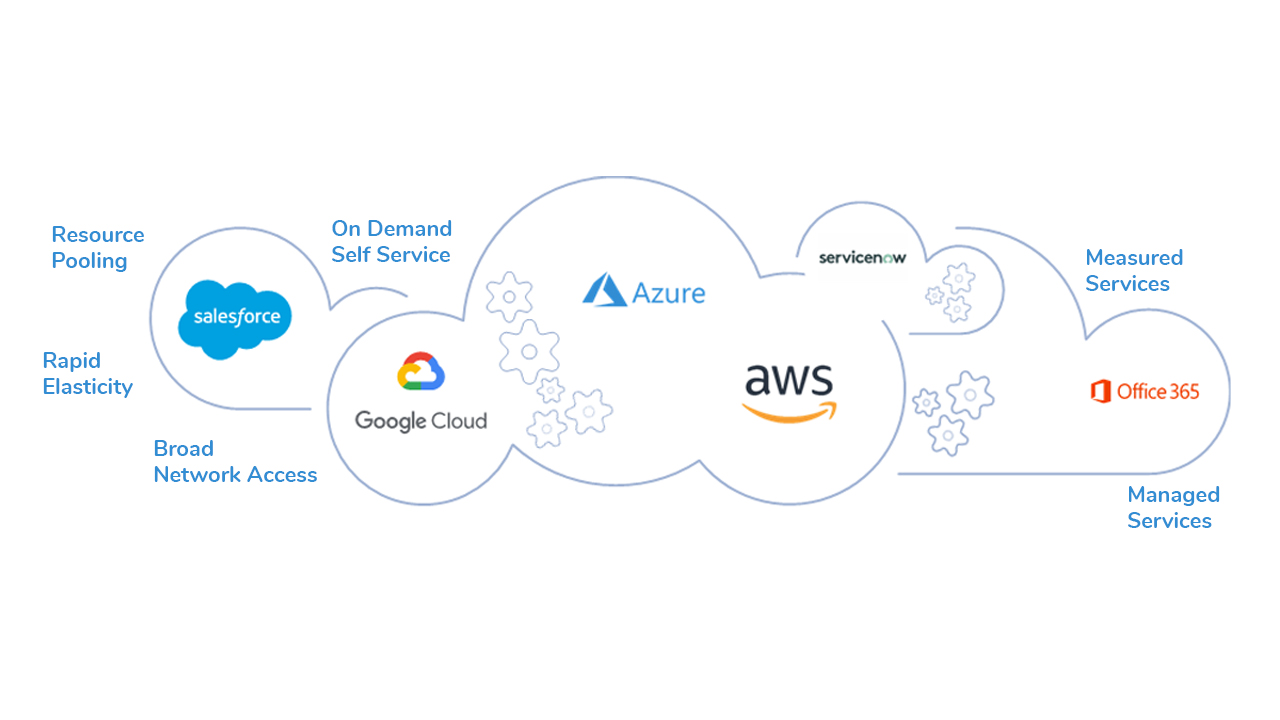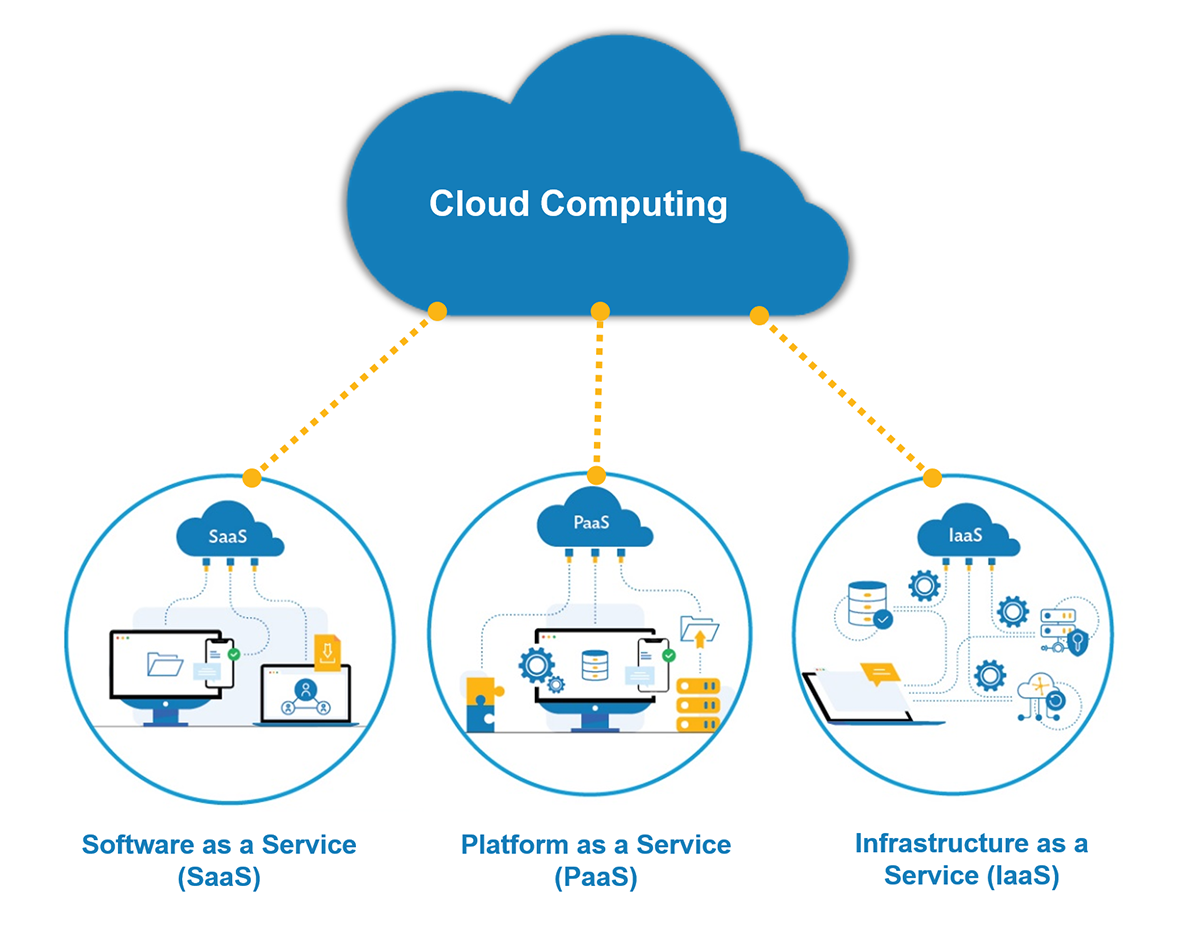Discover the Power of LinkDaddy Cloud Services: Official Press Release Insights
Discover the Power of LinkDaddy Cloud Services: Official Press Release Insights
Blog Article
Achieve Seamless Scalability With Cloud Provider
In the ever-evolving landscape of cloud services, accomplishing seamless scalability stands as a keystone for modern companies looking for to remain affordable and versatile. The quest for seamless scalability with cloud services introduces a globe of possibilities for those prepared to embrace the transformative power of vibrant resource administration.
Advantages of Cloud Scalability
Cloud scalability offers companies the flexibility to dynamically adjust resources based upon need, ensuring optimum efficiency and cost effectiveness. One essential advantage is the capacity to range sources up or down promptly in action to varying work. This dexterity enables companies to satisfy changing customer needs without over-provisioning sources, inevitably leading to cost savings. Scalability also enhances performance by making certain that systems can handle enhanced web traffic or workload without experiencing downtime or downturns. By effectively allocating resources, organizations can preserve high degrees of efficiency throughout peak times without unnecessary expenditures throughout quieter durations. Additionally, cloud scalability advertises technology and testing by permitting businesses to quickly evaluate originalities and range them as required. This versatility urges a society of continual renovation and adjustment, enabling companies to remain affordable in a quickly developing market landscape. Inevitably, the benefits of cloud scalability extend beyond cost financial savings to incorporate improved performance, agility, and technology.
Key Attributes for Scaling
Reliable scaling in cloud services relies on key features that allow organizations to readjust resources dynamically based upon demand. One essential function for scaling is elasticity, enabling resources to scale up or down in feedback to fluctuating workloads. This makes sure that organizations can fulfill performance requirements without over-provisioning resources. An additional vital function is scalability, enabling systems to manage increased work by adding sources seamlessly. This feature is critical for fitting development without endangering efficiency. Furthermore, automation plays an important function in scaling by automating the provisioning and de-provisioning of resources based on predefined policies. Automation minimizes human treatment, boosts efficiency, and makes certain rapid feedback to altering needs. Tracking and analytics tools are likewise vital for scaling, supplying understandings right into source use, performance metrics, and prospective bottlenecks. These tools allow organizations to maximize and make informed decisions resource allowance for reliable scaling. Overall, these essential attributes jointly empower companies to accomplish smooth scalability in cloud services.
Implementing Auto-Scaling Strategies
To effectively optimize source appropriation and adjust to differing workloads, companies have to purposefully implement auto-scaling approaches in their cloud solutions facilities. Auto-scaling enables systems to automatically change the number of calculate sources based upon real-time need. There are numerous auto-scaling strategies that organizations can employ, such as predictive scaling, which makes use of historic data to anticipate future source requirements, and responsive scaling, which replies to existing workload adjustments.

Ideal Practices for Scalability
For organizations intending to improve their scalability in cloud solutions, implementing best techniques is essential for optimal performance and source monitoring. One trick best technique is creating check my source applications with a microservices design. This technique breaks down applications into smaller, independent solutions that can be deployed, updated, and scaled independently, permitting better adaptability and scalability.
Another crucial technique is using containerization innovation, such as Docker or Kubernetes. Containers enable the product packaging of applications and their dependences into isolated next units, making it easier to scale parts separately and release them regularly throughout different environments.
Additionally, implementing automated implementation and infrastructure as code (IaC) can enhance scalability efforts (linkdaddy cloud services). Automation tools like Terraform or Ansible assistance in provisioning and managing resources successfully, minimizing hands-on mistakes and enabling fast scalability
Moreover, monitoring performance metrics, establishing up alerts, and carrying out routine ability planning are crucial practices to ensure aggressive scalability management. By adhering to these finest techniques, organizations can accomplish smooth scalability in their cloud services while maximizing performance and resource usage.
Surveillance Efficiency Metrics
When evaluating the efficiency of cloud services scalability, carefully keeping an eye on efficiency metrics is important for making certain optimum capability and source allocation. By constantly tracking key efficiency indications (KPIs) such as feedback times, latency, throughput, and source utilization, companies can obtain useful understandings into the wellness and effectiveness of their cloud facilities. Keeping an eye on performance metrics enables the very early detection of potential traffic jams or concerns that might impact scalability, enabling aggressive actions to be required to address them prior to they intensify.

Final Thought
In final thought, accomplishing seamless scalability with cloud services is vital for organizations to optimize performance, improve development, and maintain high efficiency degrees during peak times. By leveraging the advantages of cloud scalability, applying auto-scaling approaches, making use of key features such as flexibility and automation, and complying with best techniques like application layout and efficiency tracking, companies can efficiently scale their systems while making best use of source use and performance.
The pursuit for seamless scalability with cloud solutions unveils a globe of possibilities for those willing to welcome the transformative power of dynamic source administration.
Cloud scalability provides companies the flexibility to dynamically readjust sources based on demand, making certain ideal efficiency and expense effectiveness. An additional essential attribute is scalability, allowing systems to deal with enhanced work by adding sources perfectly.For organizations intending to improve their scalability in cloud solutions, carrying out ideal techniques is critical for ideal efficiency and source administration.When assessing the efficiency of cloud solutions scalability, very closely monitoring efficiency metrics is imperative for making certain optimal performance and source allotment.
Report this page